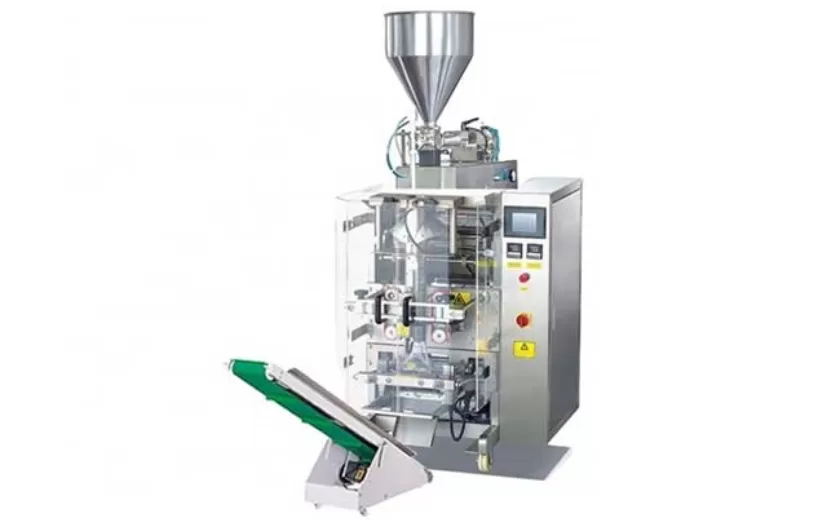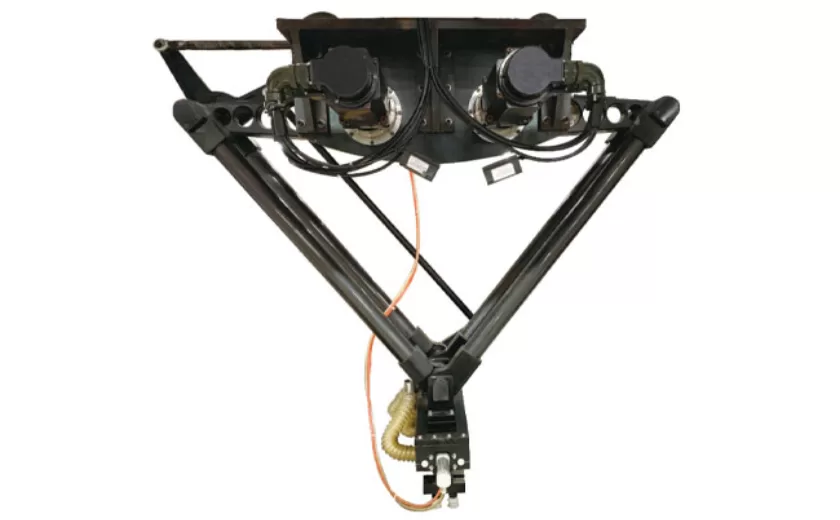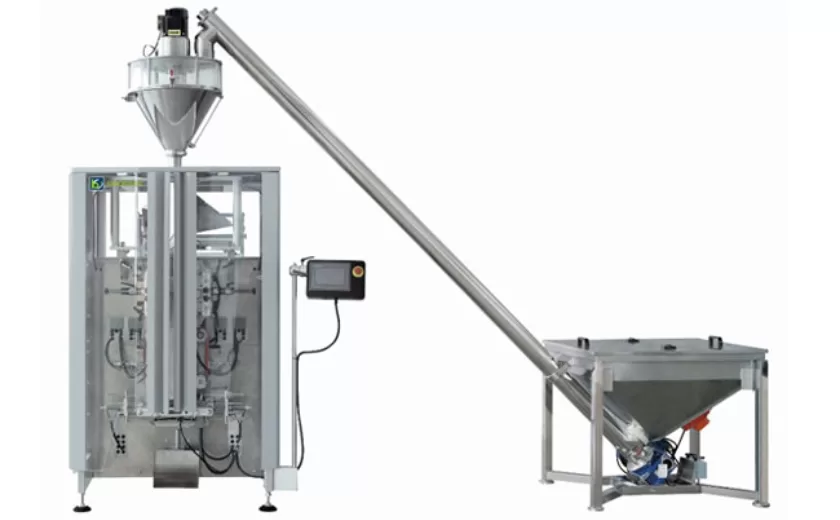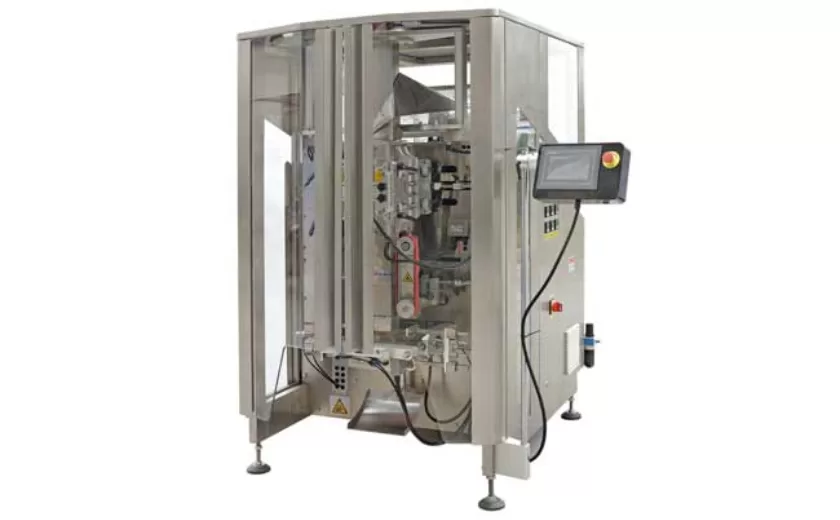Troubleshooting Common Issues with Cream Paste Filling Machines
In the culinary world, precision and efficiency are paramount, especially when dealing with delicate ingredients like cream paste. Cream paste filling machines are indispensable tools, but even the most sophisticated machines can encounter occasional hiccups. Delving into the realm of troubleshooting common issues with these machines can empower bakers and confectioners to restore their equipment to optimal performance.
Identifying the Troublemakers
Inconsistent Filling Volume: A common culprit is a worn or damaged piston or O-ring, leading to leakage or uneven distribution of paste. Check these components for signs of wear and replace if necessary.
Leaking or Dripping: Inspect the seals and gaskets throughout the machine’s system. Worn or loose seals can allow paste to escape, creating a messy and inefficient operation. Tighten or replace any compromised seals.
Air Entrapment: Air bubbles can interfere with filling accuracy and create uneven textures. Ensure there’s no air trapped in the paste supply line or the machine’s internal components.
Jammed Nozzle: A clogged or obstructed nozzle can prevent the paste from flowing smoothly. Remove the nozzle and clear any obstructions with a fine brush or compressed air.
Electrical Malfunctions: Check the electrical connections, wiring, and fuses to ensure proper operation. A loose wire or blown fuse can cause the machine to malfunction.
Resolving the Issues
Re-calibrating the Filling Volume: Adjust the piston stroke or the filling speed to achieve the desired volume. Consult the machine’s manual for specific calibration instructions.
Replacing Seals and Gaskets: Use high-quality replacement seals and gaskets to ensure a tight seal and prevent leaks.
Purging Air Entrapment: Run the machine with clean water or olive oil to flush out any trapped air. Repeat until the flow is clear and consistent.
Unclogging Nozzles: Use a soft cloth, brush, or compressed air to gently remove any obstructions from the nozzle. Avoid using sharp objects that could damage the nozzle.
Troubleshooting Electrical Malfunctions: Contact a qualified electrician or consult the manufacturer’s documentation for assistance with electrical repairs.
Tips for Prevention
Regular Maintenance: Perform regular inspections and cleanings to identify potential issues early on. Replace worn parts as needed to maintain optimal performance.
Proper Cleaning: Thoroughly clean the machine after each use to prevent buildup of paste residue, which can lead to blockages or contamination.
Use High-Quality Paste: Avoid using paste with large lumps or impurities, as they can clog the machine’s components.
Train Operators: Ensure that all operators are properly trained on the safe and efficient use of the machine.
-
Advanced Packing Solutions: Snacks, Sugar, and Frozen Food Machines
29-10-2025 -
Efficient and Reliable Solutions for Salt, Nuts, and Frozen Dumplings Packing
29-10-2025 -
High-Performance Biscuits, Lollipop, and Ketchup Packing Machines for Modern Food Production
29-10-2025 -
Efficient Liquid Filling and Packing Machines for Modern Production
23-10-2025 -
Reliable Granule Packaging Machines for Efficient Production
23-10-2025 -
Efficient Auger Powder Filling Machines for Accurate Packaging
23-10-2025 -
High-Performance Liquid Filling and Packing Machines for Hygienic Production
10-10-2025 -
High-Efficiency Granule Packaging Machines for Precision and Speed
10-10-2025 -
High-Precision Auger Type Powder Filling Machines for Efficient Packaging
10-10-2025 -
Efficient Vertical Form Fill Seal Packaging Machines for Smart Production
10-10-2025











